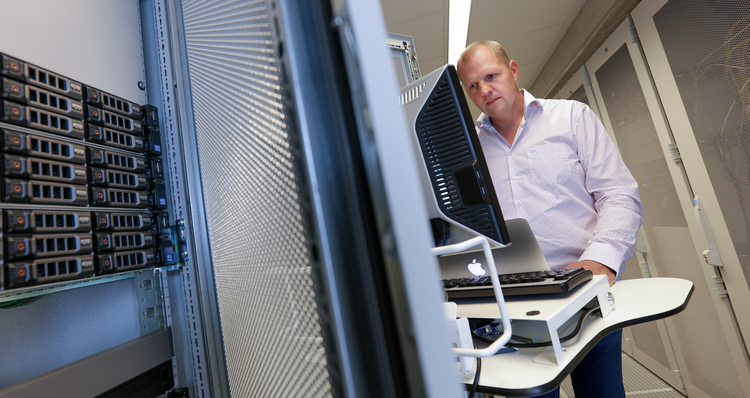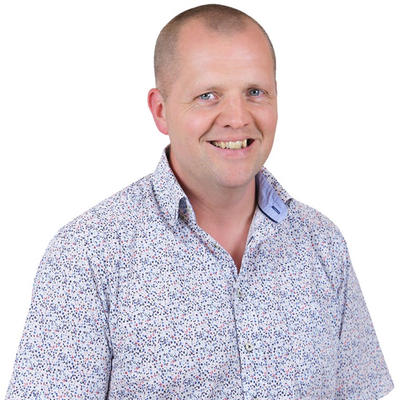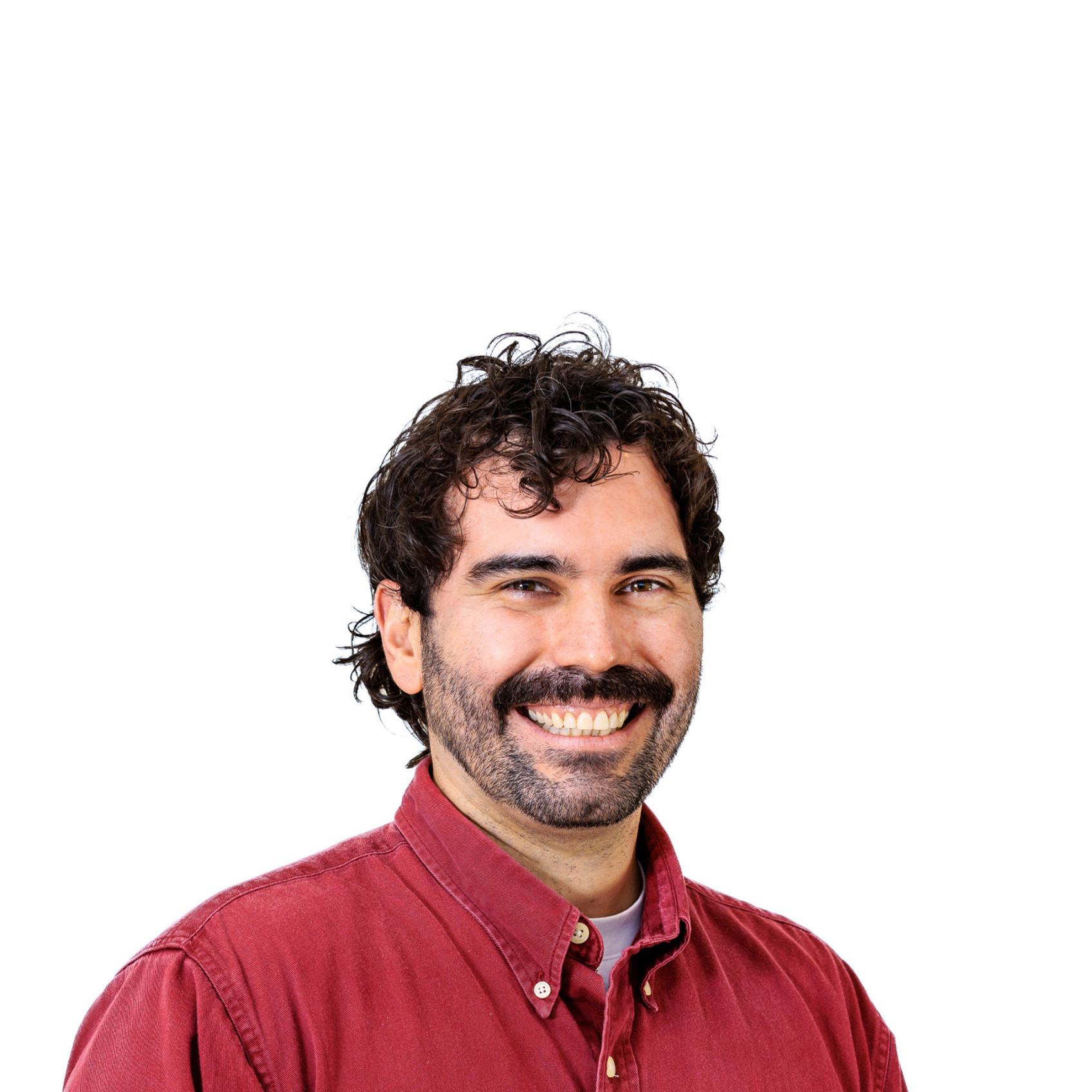Purpose for research
Data stewardshipOptimal (re)use of the data generated at the Máxima Center is facilitated by FAIR (Findable, Accessible, Interoperable and Reusable) implementation. This requires a firm commitment in data stewardship for proper data life cycle management. The BDC coordinates all data stewardship activities for the preclinical research domain within the Máxima Center.
Data infrastructure
To facilitate data exploration and sharing, a data integration platform for biobanking and data intensive research projects was launched. Its key features include: a minimal data model, unique institute-wide identifiers, a modular set-up, FAIR data and tooling, data validation and error handling protocols and a user-friendly self-service that facilitates researchers’ data requests. A pseudonymization layer separates identifiable data in the clinical domain from pseudonymized data in the research domain, whilst allowing translation of research findings to the clinic.
Biobank bioinformatics
Standardized analyses for biobank WES, WGS and RNA-seq samples are provided by the biobank bioinformatics team, including detection of somatic variants (SNVs, indels, CNVs and SVs) in tumor and organoid samples. This team also sets up and coordinates the entire infrastructure for high-throughput computing, data and workflow management for genomics biobank data.
Translational bioinformatics
For all patients at the Máxima, WES and RNA sequencing-based bioinformatic analyses are performed by the translational bioinformatics team, together with the laboratory for childhood cancer. Through development of a unique platform shared between diagnostics and research, key findings and technological improvements can transfer into clinical application to directly benefit patient care.
Services and support
- Coordination of pre-clinical research data management policies, community & training
- Coordination of large-scale data infrastructure needs
- Providing omics analyses for biobanked samples
- Providing bioinformatics analyses of WES and RNA-seq data for diagnostics














